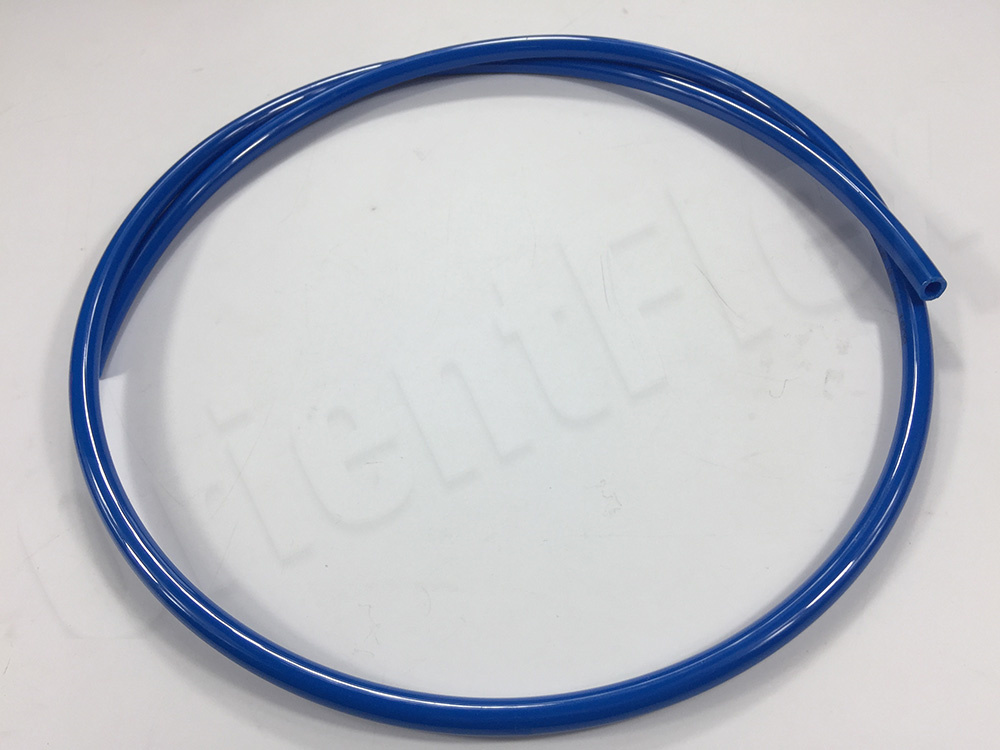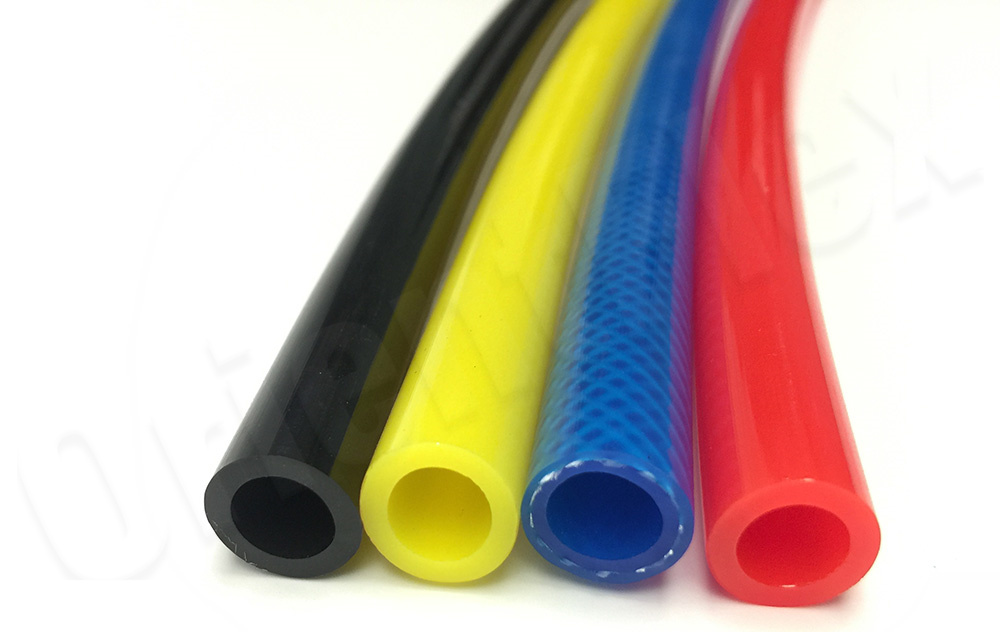1. The burst pressure standard with different working environment temperatures and fluid temperatures not used within the range of burst pressure standard, Or too high temperature may cause part of the PU hose to swell (locally) and then rupture (blowing in the shape of a balloon);
2. When used under working pressure for a long time, the entire outer diameter of the PU hose may swell evenly. The change of the swell should tracked in time. In order to ensure the safety of users and prevent the PU hose from breaking, the working pressure should lowered. Choose a specification with a larger wall thickness, or choose other suitable hose types;

3. When the temperature rises abnormally due to adiabatic compression, the PU hose may rupture;
4. When applied to vibrating and bending mobile terminals, the heat transfer will cause the temperature to rise, and the PU hose may rupture;
5. PU hoses will cause accelerated ageing and rupture of materials due to the transportation of hot water, hot oil or corrosive components;
6. The hydrolysis, wax spewing or ageing of PU hoses will cause cracks in PU hoses;
7. When exposed to sparks or a welding working environment, please choose other hoses (such as spark-resistant double-layer hose);
8. When the system must conduct electricity or current, please use other hoses (such as electric conductive hoses).
The scope of use of PU hose
Air, water, food factories, vacuum systems, air conditioning systems, electrostatic insulators and other industries.
It can maintain flexibility and work generally in the temperature range of -40°C-+120°C.





